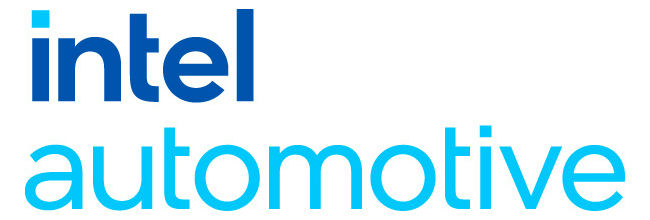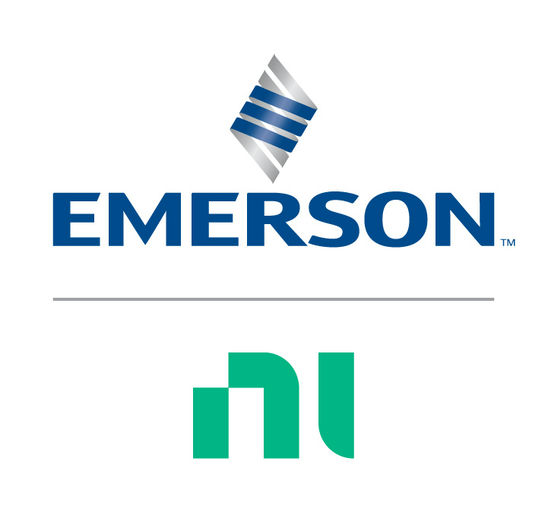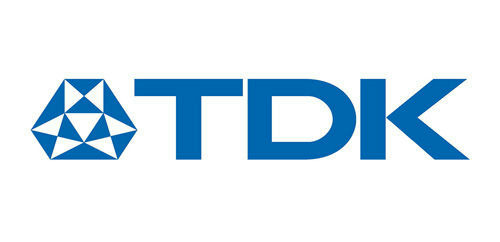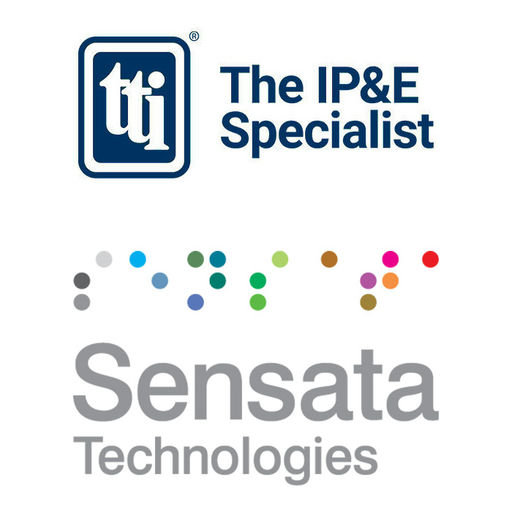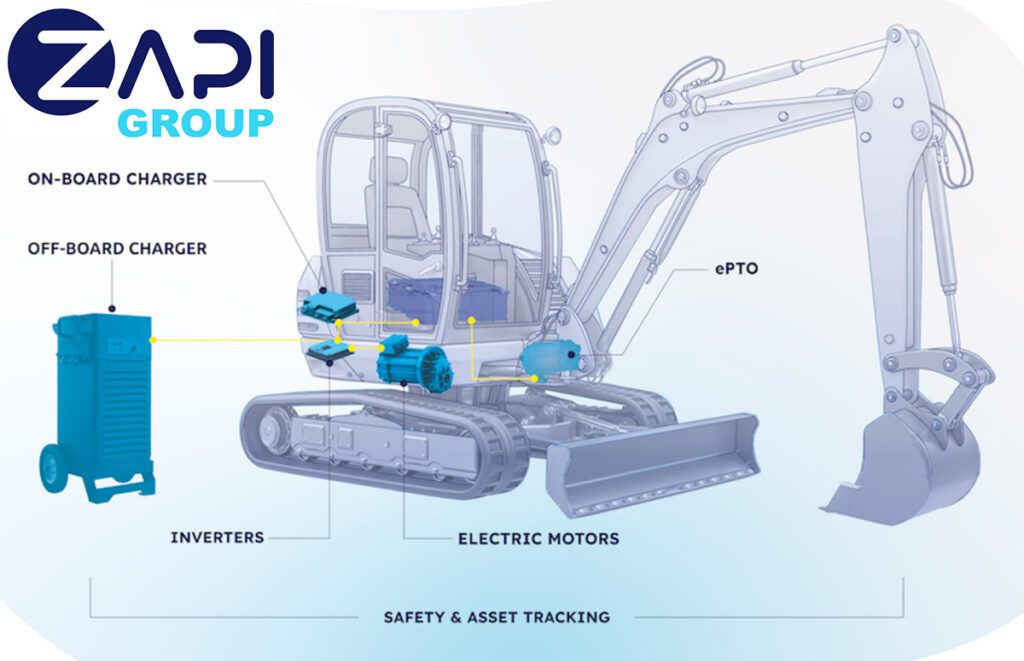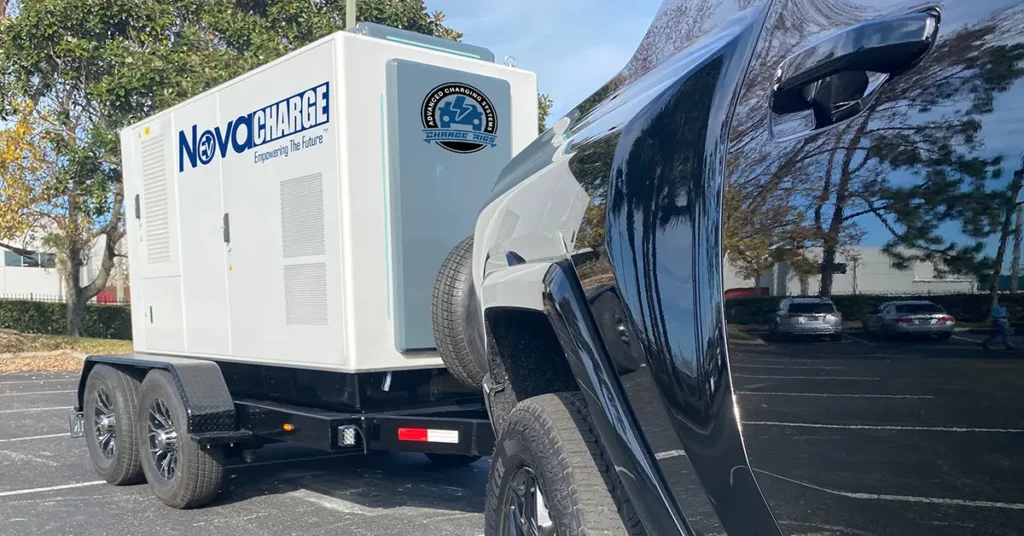Sponsored by ABB.
Download a PDF version of this article.
A steeper growth curve for electric vehicles will depend on continuous technological development, further commercialization and practical regulatory policies. Standards and interoperability underscore all of these trends, across vehicles, charging systems and communication networks – and are a key driving force for electric vehicle adoption.
Technology innovation is often the prime driver of economic growth in any new market, yet innovations can also create risk. Fortunately, risks can be managed through the proving out of safety, reliability and usability of these new technologies. This is where standards development is so critical to the health and proliferation of the electric vehicle industry. EV charging infrastructure development and deployment will ultimately happen faster through industry encouragement and support of open standards and interoperability.
What is interoperability?
Interoperability, in the most universal terms, is the open communication and exchange of data between and among devices and/or software systems. Interoperability is a key issue for many industries such as software development, home automation, healthcare, telecommunications and public safety.
We can see the many benefits of interoperability in our daily lives when we expect our varied mobile devices to work across different cellular networks in different regions; or when our communities rely on police and fire departments to communicate with each other using common platforms during emergencies.
Consider what HTML did for the World Wide Web, or how important USB has been to data storage and consumer electronics. And many will recall how frustrating it was that mobile phone roaming meant that calling a friend or family member on another cellular network kept conversations exceedingly short to save minutes and money. In similar ways, interoperability is also critical to enabling electric vehicles and charging infrastructure at a mass scale. The term is often used to describe multiple aspects of electric vehicle charging, and can include form factor, communication and compatible ratings among any of the following entities in a charging system:
- The vehicle
- The charging station hardware
- The charging station connectivity software
- The back-office or payment back-end
- The network operator
- The energy management system
- The power supply
This white paper will specifically address standards and interoperability as they concern vehicles connecting to charging infrastructure, as well as charging hardware to networks and back-end payment systems.
The importance of standardization and interoperability can be summed up within a framework of cross-industry values that include safety, scalability, savings, security and simplicity. The chart below shows the many ways in which standards and interoperability can deliver a multitude of benefits to EV charging infrastructure growth and adoption.
Vehicle to charger
For a charging system to energize a vehicle’s battery, there must be a common physical connection point and a ‘handshake’ made between the vehicle’s Battery Management System (BMS) and the charger. The BMS then communicates important parameters of the battery to the charger, such as state of charge, power capability, environmental conditions and other data that are critical to both safety and battery longevity.
The connection and communication between a vehicle and charger will be based on a common inlet-outlet and a language that both speak fluently, known as a protocol. A protocol becomes a standard when multiple parties agree to implement and deploy it. Standards are considered most open when they are publicly available with no licensing agreements nor ongoing proprietary fees collected to implement them.
A brief history of EV charging standards
In the early years of mass production EVs, charging standards were also developing. Standardization of AC charging protocols was solidifying across most EVs when a DC-capable protocol known as CHAdeMO came along for faster charging capability. However, uncertainty emerged when another standard, CCS was introduced, creating a standards schism. These controversial developments created uncertainty and slowed investment in public charging infrastructure for a period of time.
The introduction of multi-standard charging systems by charging station manufacturers helped to settle some of the debate. ABB was part of that effort, incorporating all open standards within a single charging station and deploying them around the world. This solution offered a common approach for the industry to move forward, and quickly resulted in increased charging infrastructure investment.
These fast charging standards have now been formalized into most vehicle and charging product platforms in North America and Europe.
Figures 1 and 2 on this page show charging stations with configurations incorporating CCS-1 and CHAdeMO open standards, which accommodate battery electric vehicles sold in North America.
Inherently future-proof
Now with a few years of perspective, we have seen passenger vehicle standardization mature and improve, not only at higher powers, but with more solutions that may accommodate next generation electric vehicle development. With larger batteries, more vehicle types and higher power driving demand, development continues to happen within and around these standards.
What’s key within this continued evolution is the brilliance that standards can offer: backwards and forwards compatibility, ensuring that the vehicles of today and the vehicles of tomorrow can leverage the same charging assets, regardless of power delivery capability or new feature sets within the vehicle, the charger, or beyond to the grid.
Proprietary protocols are not open standards
The most well-known example of a proprietary charging protocol would be the Tesla Supercharging protocol, which serves many satisfied drivers around the world. However, a proprietary protocol is not an open standard, and therefore remains under the ownership, control and potential licensing of its owner. This makes the protocol exceedingly difficult to implement for any other vehicle maker or charging operator.
There are a number of commercial complications and market risks around having charging technology patents owned, developed and improved upon by only one market participant. While it may be nice to imagine a world where proprietary protocols can be freely adopted, few strategic thinkers in the most successful companies would agree to implement a core technology that is entirely controlled by their competitor. This is especially true when open standards are readily available to give every market player full control over their own product developments, market approaches and future roadmaps. The latter scenario is the healthiest for any industry as it allows for the best ideas to emerge from across many companies and stakeholders.
Safety, reliability and usability
Most importantly, standards offer the inherent advancement of safety. Standards are collaborative, reviewable, and incorporate optimal designs and best industry practices. Standards are usually developed by interdisciplinary teams with a wide net of talent and collective knowledge, rather than the isolated proprietary solution that carries the complications of patents, licensing fees and legal issues that dampen markets rather than push them farther.
In a field like electrical technology, where standardization is expected and esteemed, proprietary solutions will always be difficult to push and proliferate. Standards are the language of engineers, vehicle makers, electricians, utilities, municipal and regulatory professionals. These folks are often the gatekeepers to infrastructure deployment and must be assured that all aspects of charging systems, not just the point of connection to the grid, but to the vehicle as well, have been carefully studied, developed and implemented safely.
This is especially critical with high power electrical charging systems, where the risk of unsafe, unreliable and poorly designed products will mar the reputation of an emerging market. When there are fewer unique systems to worry about, market players who are chartered with reliable service and maintenance may also improve uptime through repeatable deployment best practices.
Driving down cost while building trust
As more companies invest in developing battery innovations, new vehicles and applications, charging standards aid lower R&D costs across the entire industry. When R&D teams are not tasked with solving the same problem over and over, they can bring their energy, talent and investment to the next challenge to be solved while making better and lower cost products for consumers.
Standards also create compatibility, which builds trust and therefore adoption, pushing the market forward. Consumers want to know that when they buy a vehicle, the charging systems they rely on today on will work tomorrow. When charging infrastructure is nurtured across disciplines and coupled with the safest possible implementation, those investing in it can feel more secure that their charging deployments will meet the needs of all EV drivers, creating a healthier business model for all.
Scaling EV buses, trucks and fleets
The economics of electric fleet operations are compelling, especially among high utilization vehicles including fleet-based cars, buses, delivery vans, varied trucks and semis. Lower energy costs, reduced maintenance and longer lifetime of an electric drivetrain – along with lower noise and GHG emissions make a compelling case for electrifying every fleet.
Many electric vehicle applications are still emerging. Fortunately, there are existing open industry standards that are readily available and continuously cultivated through their working groups. Still, in some cases there are still proprietary charging solutions lingering that could limit choice and innovation.
When a transit agency, fleet operator or shared mobility service is investing in electric vehicles, they need to know that when they chose a vehicle or charging system, they can grow their fleet under a flexible umbrella of technology. They must be able to choose from a slate of suppliers and not be locked into a single technology, product or solution. The e-mobility market is moving too quickly with too many innovations not to have choice and future-proof growth baked into long-term planning.
It’s no secret that utilization is one of the most important ways in which charging infrastructure investments can deliver commercial value. When the most possible vehicles can use common charging systems, those assets have optimized potential. However, when multiple charging systems must be procured for each and every vehicle make, the cost to deploy becomes exponentially larger while utilization drops.
Non-road EVs
Transportation electrification is showing strong signs of taking even more paths, whether over the water, up in the air or deep underground. Additionally, there are many well-matched EV applications for electric vehicles for warehouses, factories, airports and resorts. As these industries can get their arms around charging standards, that effort will be a significant driver for turning new vehicle electrification innovations into commercial and operational success. If these diverse industries can leverage existing common standards, much of the safety, quality and cost advantages will be gained far more quickly for every vehicle, fleet and user.
There are existing cases where a proprietary charging system may only be applicable for a certain class and make of vehicle, but common, open standards will give life to new transport applications and wider EV adoption. Even when vehicle designs may look and act very differently from one another, the common aspects of charging, from physical connection points to communication protocols, can be adopted and give wings to innovation, business efficiencies, and ultimately cleaner transportation solutions for all.
Charger to network
The open exchange of data between charging stations with networks, back-end payment systems and enterprise-wide operational data is another critical aspect to public and private charging infrastructure. Site owners and operators must ensure their charging assets serve drivers and vehicles while providing valuable data and revenue back to sites and asset owners. Without these operational aspects working seamlessly, a site may be saddled with a stranded asset that has limited value and functionality to users.
Any investment in EV charging networks should favor the most interoperable, open communication protocols between charger and back-end to ensure funding stakeholders do not find their vendor choices restricted by a cost-prohibitive or poorly performing system. EV charging infrastructure plans should always have a full selection of hardware vendors as well as payment and service providers for the most choice. If any of those vendors fail to perform, the site host has the choice to find a better provider without the costly headache of replacing with a completely new system.
Open networks: competition is good for all
New and emerging industries will almost always go through an ebb and flow of market entrants, competing technologies and next generation product development. Well-fostered competition is ideal for market health and consumer choice. Closed or proprietary networks inhibit that positive evolution by limiting the ability to integrate and grow with the latest technologies and the most reliable suppliers. Open networks allow for widest choice, most flexible implementation, and most importantly, room to improve with the latest product developments in an innovative and fast-moving market.
The widely implemented Open Charge Point Protocol (OCPP) is an example of an application protocol that enables communication between a charging station via connectivity and any network operation or back-end. OCPP was not started, developed or specifically affiliated with any private infrastructure company. It operates as a license-free, scalable and easy to use solution, falling under the open standards umbrella in terms of collaborative industry development and free use.
What is a proprietary network?
A proprietary network is a network that operates in a closed system, locking together the hardware with back-end payment and data management business model. These models rarely allow site hosts nor infrastructure investors the ability to choose their own hardware or replace malfunctioning hardware with their technology choice. Further, these models may also limit access or ownership of charging station data.
These models are often presented as ‘turnkey’ or ‘simple to deploy’ to those interested in installing charging infrastructure, but they bring a much greater risk of lost assets should the hardware, software or operator not perform; or worse, not remain in business at all.
Some proprietary networks will say that they use open protocols to enable communications with a certain hardware selection; but for the organization funding or hosting the stations, they remain locked into a closed network. This leaves owners with no option to evaluate later and switch to the latest technology, features and payment plans of their choice; or carry the burden of replacing expensive hardware.
DC fast charging and interoperability
The issue of network interoperability is magnified for DC fast charging infrastructure systems. These are not throwaway boxes that can be easily replaced should there be performance issues. Fast charging technology is specialized and requires attention to quality, reliability and long-term performance. When providers implement cheaply made solutions, the risk of stranded assets and lost investment is even higher.
In addition, DC power delivery paradigms and related vehicle development will continue to evolve as more EV drivers hit the road. Infrastructure investors and hosts alike will demand the flexibility that comes with open networks to ensure these systems are adequate, competitive and redundant for the drivers who rely on them to get home safely each day.
Summary
As the EV industry matures, interoperability will continue to remain important to the development of vehicle communications to charger, network and grid. We can expect to see further advancements in the communication systems between electric vehicles and grid connected assets. Intelligent power supply is an emerging technical and commercial opportunity carrying many benefits across the vehicle electrification landscape and will undoubtedly demand open and harmonized communication standards.
While EV infrastructure is still a relatively new and quickly evolving space, regardless of which vehicles and charging innovations will capture and drive the market, open standardization will always be the optimal approach for rolling out the most future-proof and reliable charging infrastructure. The interoperability strategy can deliver the most returns for those who will fund, deploy, operate and use these critical assets in the years to come – for the most convenient, reliable and clean transportation.










